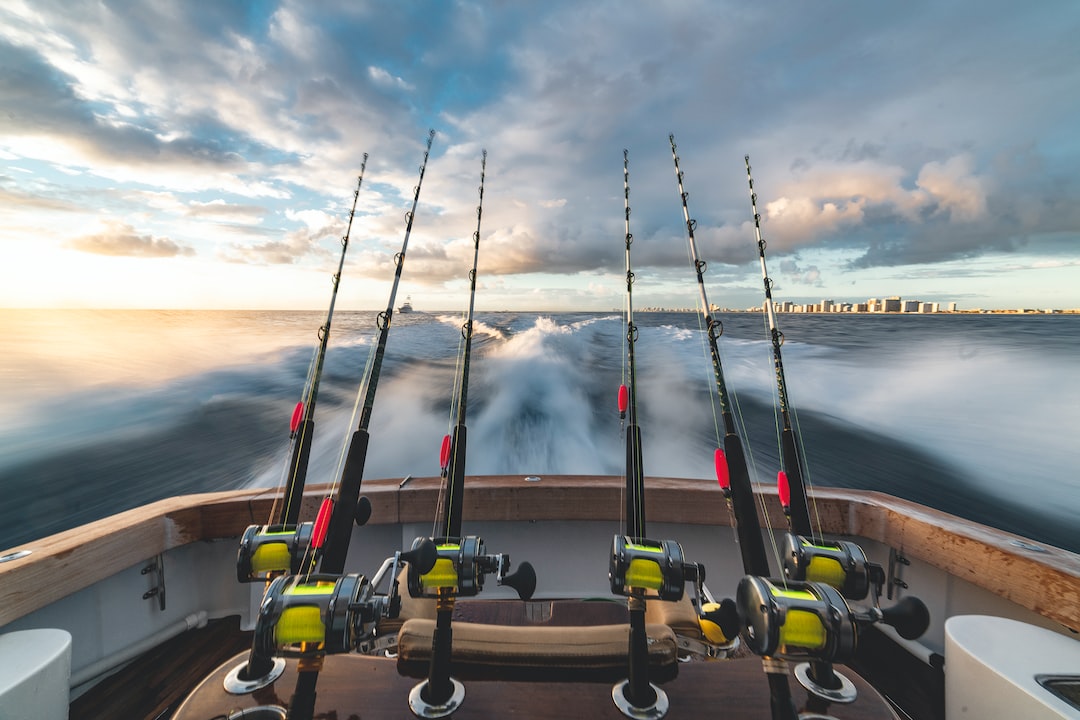The Great Amberjack Count is a study that should interest all anglers who want to contribute to a greater cause — and make money while doing so. Led by Dr. Sean Powers of the University of Alabama, the amberjack study estimates the number of these types of fish that live in The Gulf of Mexico and the U.S. South Atlantic. Fishermen who find amberjacks could be rewarded $250 for doing so as long as they follow a newly implemented tagging effort.
Over a dozen educational institutions are working to stop the overfishing of amberjacks with the participation of local anglers.
What is the Great Amberjack Count – And How Can Fishermen Contribute?
Specifically, some fish will be tagged with acoustic tags, while others will be marked with conventional tags. These tags differ in where they are placed on the fish’s body and allow researchers to measure the number of amberjacks in the selected geographic location in different ways. Amberjack populations have been a concern in the Gulf of Mexico and for the fishing industry for years, as they are prone to overfishing. In 2020, the U.S. Congress began putting efforts into addressing this issue by authorizing funding of $10 million dollars to the Greater Amberjack Research Program. Matching funds from other institutions has led to a total budget of $11.7 million dollars to the amberjack study.
With this effort, researchers hope to understand biological and ecological information about amberjacks. So far, researchers have been able to get a more accurate picture of just how many amberjacks there are. Moreover, it has allowed them to follow the movements and growths of these fish, as they are more mobile than other similar fish in these territories. The mobility of amberjacks makes them more challenging to follow.
The Rewards of Finding Conventional Tags
The reward appears with the fish that are caught with conventional tags. On each tag is a phone number allowing fishermen to contact the Great Amberjack Count research team. They must also report the fishing sector, date of catch, fish’s length and weight, and latitude and longitude of where the fish was caught. Additionally, the fisherman must mail in the fish’s tag and afterward will receive a $250 reward. Currently, recreational amberjack fishing is only open during designated times of the year. If fishermen still happen to catch an amberjack, they are encouraged to follow the tag-clipping process before releasing the caught fish.
Getting Involved in the Great Amberjack Count
This research effort has inspired many anglers in the Gulf of Mexico to get involved. A great place to get started is Fisherman’s Wharf of Port Aransas, Texas. We offer a 36-hour deep-drop fishing excursion. Here, fishermen will have the chance to enjoy offshore fishing across the deeper waters of the Gulf of Mexico, including the opportunity to catch amberjacks and pick up their reward while contributing to this greater cause.
Alternatively, we also offer shorter fishing excursions, as well as a dolphin watch and sunset cruise, a jetty boat, and a private sightseeing tour, giving families and individuals of all ages a chance to explore the deep blue sea.
